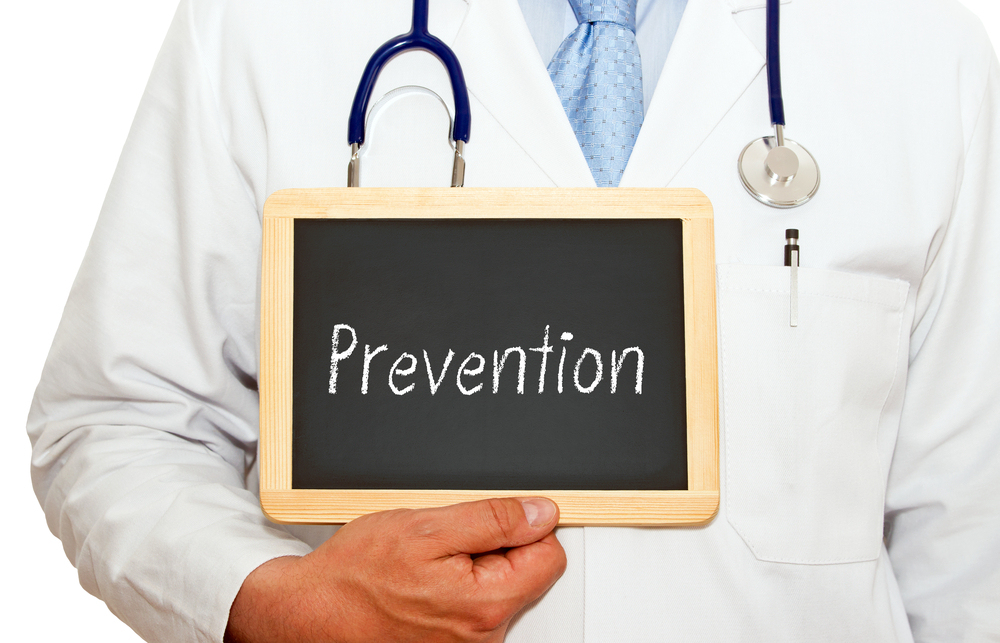Improved Medicines, Tailored Strategies May Improve Hemophilia Treatment Adherence, Study Finds

Knowledge about the clinical benefits of treatments and their importance in the outcome of patients, as well as more stable therapies, will likely improve treatment adherence among hemophilia patients in the U.S., according to new research.
The study, “Treatment adherence in hemophilia,” was conducted by Dr. Courtney Thornburg, medical director of the Hemophilia and Thrombosis Treatment Center at Rady Children’s Hospital-San Diego, and Natalie Duncan, MPH, program coordinator at the Indiana Hemophilia and Thrombosis Center, and featured in the journal Patient Preference and Adherence.
To treat hemophilia, patients need recurrent administrations of coagulation factor to restore their blood’s ability to clot and prevent bleeding episodes, called prophylactic treatment. On-demand treatment is the need for coagulation factor to stop acute bleeding events.
The use of prophylactic treatment is the most common regimen to treat patients with severe hemophilia. This not only significantly reduces bleeding events in severe hemophilia cases, it can also reduce the incidence of secondary manifestations of the disease, including hemophilic arthropathy (joint disease) and pain, among others.
“New evidence suggests that starting prophylaxis as early as possible, prior to joint bleeding, ensures the best efficacy,” the researchers wrote.
Data collected shows the prescribing of prophylactic treatments has significantly increased over time in the United States, with a higher incidence in patients with severe hemophilia A and in patients ages 2 to 15.
According to patient-reported information, adherence to prophylactic treatments is significantly higher in young children than adults. This is a matter of concern to clinicians, since high rates of nonadherence is a main reason for modifying treatment regimens and for clinicians to not consider prophylaxis as a possibility for some patients.
Several factors can contribute to patient nonadherence to therapy. Although they understand that prophylaxis can significantly improve their quality of life, factors such as time constraints, venous access, and cost can all have a negative impact. Also, during adolescence and early adulthood, social acceptance can alter patients’ therapeutic habits and reduce treatment adherence.
The benefits that prophylaxis can provide to a patient depend greatly on their adherence to a prescribed regimen. As a result, the researchers believe it’s necessary “to align prophylaxis recommendations with patients’ goals and skills.”
Educational, cognitive and behavioral, and skill training to improve prophylaxis adherence, directly targeting the patients or their caregivers, may help implement treatment regimens.
Based on close contact between patients, caregivers, and their healthcare team, developing strategies to encourage confidence in prophylactic therapy is a potential way to drive treatment adherence.
In addition, the development of new clotting-factor products that are more stable may provide a way to reduce dosing frequency and other clinical adherence barriers.
“Extended half-life factor products and subcutaneous administration of prophylaxis have the potential to decrease the burden of prophylaxis and improve adherence, ultimately resulting in improved health outcomes,” the researchers wrote.
“There are several barriers to adherence to prophylaxis. Therefore, clinicians should identify and mitigate potential barriers at the onset of therapy, and continuously monitor for decreased adherence,” they concluded.






